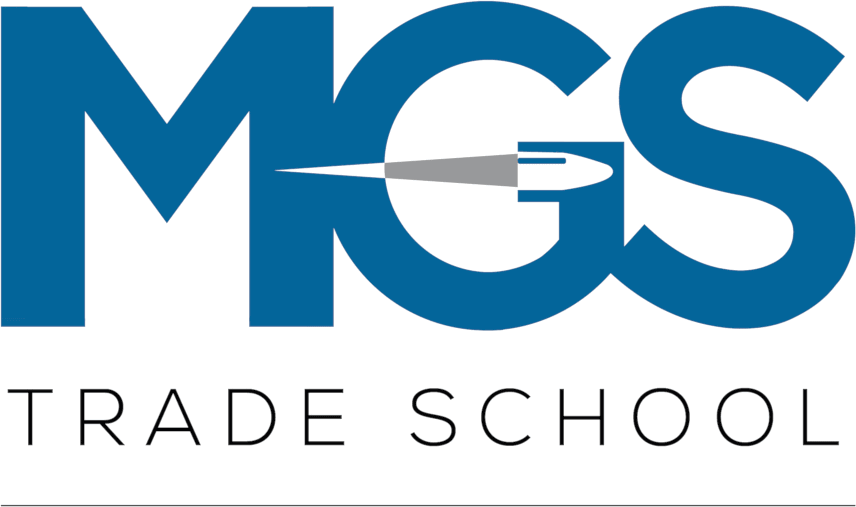The 70s and 80s: Firearms of the Anti-Hero and Action Stars
Guns really took center stage in 1970s-80s action movies. Often, they were upgraded from the more realistic models mentioned in books to bigger, flashier, more powerful models. For example, in Death Wish (1974), a .32S&W kit gun became a large frame .44 Magnum. The entire Dirty Harry series (1971) relied on the protagonist having the biggest pistol of everyone on the set… that, and witty sayings. And the villains of Die Hard (1984) used unusual guns (AUG, P7) as their calling cards.
Firearm Tropes
Around the same time, historic consultants started earning their pay, at least in some films. Such masterpieces as The Godfather (1972), Cross of Iron (1977), and Outlaw Josey Wales (1976) all had fairly realistic gun handling. And yet, that time period gave rise to the main Hollywood movie tropes: endless magazines, impacts that throw victims five feet backwards, cars exploding from a bullet or two, silenced revolvers, and muzzle flashes a foot long. Once Upon a Time in America (1984), The Terminator (1984), Commando (1985), and many others featured some or all of those.
And big, flashy gasoline-augmented explosions are on top. The same movies also propagated the illusion that machine guns are readily available to anyone, that guns cause violence, and that “winging somebody in the leg or the shoulder” would buff out without long-term ill effects. And let’s not forget people talking in whispers moments after firing unsuppressed rifles and magnum handguns indoors.
Futuristic Firearms
Science fiction films had a couple of approaches: either contemporary firearms showed up in future space settings, or all sorts of weapons were modified to look like ray guns and plasma rifles. Star Wars set the standard for making World War II vintage arms into something futuristic, complete with special effects. Special effects, both post-production and practical, made a giant leap forward then.
Squibs, splatter, correct sound effects started in the late 60s with Wild Bunch (1969) and were similar but really came into their own by the early 1980s. At the same time, the ever-sparking bullets bouncing off even the thinnest trashcans remained the staple of lower budget TV shows like A Team (1983), but those seldom strove for realism in the first place.
Somewhat Realistic Firearms
War movies generally escaped the civilizing influence of subject matter experts. 1940s Italian troops carrying M14s and fighting against British soldiers on Bradleys… sure! 1960s American tanks in Patton… why not? Only towards the late 1980s did films actually mimic realistic weaponry.
Full Metal Jacket (1987) and Hamburger Hill (1987) began to resemble reality in terms of weapons. The directors, even when they knew better, struggled with the twin constraints of budgets and the need for drama. If no proper arms were available for a time and place, the next best thing would have to do… and who’s going to tell a Maxim gun from a 1917 Browning?
Subdued muzzle flash from a submachine gun may be realistic, but how would the viewers know which gun is being fired without a prominent flash. Depending on the film, realism could be respected or tossed out of the window. This is partly why Miller’s Crossing (1990) and Heat (1995) became such cult classics. Among other details, they got the firearms right.
Written by: Oleg Volk, Firearms Photographer


